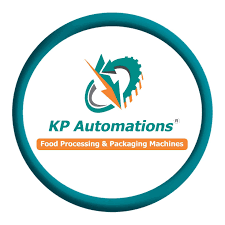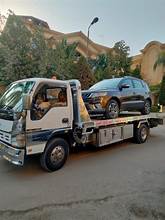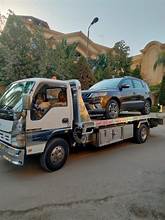
In the competitive world of pasta manufacturing, automation, consistency, and quality are non-negotiable. For producers specializing in long pasta varieties such as spaghetti, linguine, or fettuccine, investing in a commercial long pasta production line is essential to scale production while maintaining product integrity.
These production lines are designed to handle the entire pasta-making process — from mixing and shaping to drying and packaging — with high speed and efficiency. With components like the long cut pasta making machine and a sophisticated industrial pasta drying system, commercial operations can achieve seamless, high-volume production with minimal labor input.
What is a Commercial Long Pasta Production Line?
A commercial long pasta production line is a fully automated, modular system engineered to produce long-cut pasta on an industrial scale. These lines are capable of producing hundreds to thousands of kilograms of pasta per hour, depending on the configuration.
The complete system typically includes:
Dough mixing and kneading units
Long cut pasta making machine (extruder and cutter)
Pre-drying and drying systems
Cooling and stabilization units
Packaging systems
All components are synchronized through a centralized control system for maximum efficiency and consistency.
The Role of the Long Cut Pasta Making Machine
At the heart of the line is the long cut pasta making machine, responsible for:
Mixing semolina with water to form dough
Extruding the dough through dies to form long pasta shapes
Cutting the pasta to specific lengths
Automatically transferring pasta to the drying section
This machine ensures precision in shape, size, and thickness — critical factors that influence cooking performance and consumer satisfaction.
Industrial Pasta Drying System: Critical for Quality and Shelf Life
Once the pasta is formed, it must be dried under controlled conditions. The industrial pasta drying system plays a vital role in:
Reducing moisture content evenly and gradually
Preserving color, texture, and nutritional value
Preventing cracking or microbial growth
Modern drying systems use multi-zone technology with adjustable temperature and humidity settings, ensuring optimal drying curves for different pasta types. Airflow, duration, and climate conditions are managed via PLC systems to maintain consistency across large production batches.
Benefits of a Commercial Long Pasta Production Line
✅ High Production Capacity
Supports continuous operation, ideal for large-scale manufacturing facilities.
✅ Automation & Labor Savings
Minimizes manual handling, reducing labor costs and potential for contamination.
✅ Consistency in Product Quality
Automated systems ensure uniform drying, shaping, and cutting.
✅ Modular & Customizable Design
Lines can be tailored to specific production needs and floor plans.
✅ Integration with Packaging Equipment
Connects seamlessly with automated packaging systems for a complete end-to-end solution.
Applications in the Pasta Industry
Large pasta manufacturing plants
Private label and contract production
Export-oriented pasta companies
Gluten-free and specialty pasta producers
Whether you’re producing classic durum wheat pasta or expanding into health-conscious options, a commercial long pasta production line offers the scalability and precision you need.
Conclusion
For any company aiming to lead in the pasta production industry, a commercial long pasta production line is more than an investment — it’s a strategic necessity. With advanced equipment like a long cut pasta making machine and a high-performance industrial pasta drying system, manufacturers can ensure efficiency, product consistency, and long-term profitability.



